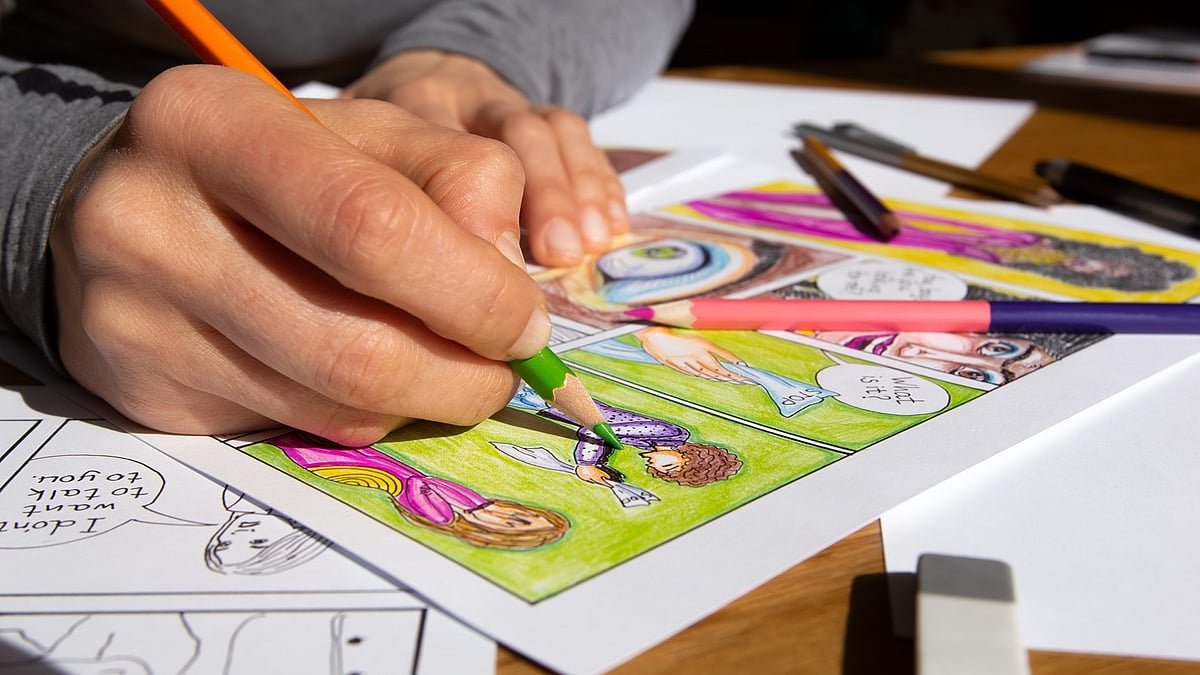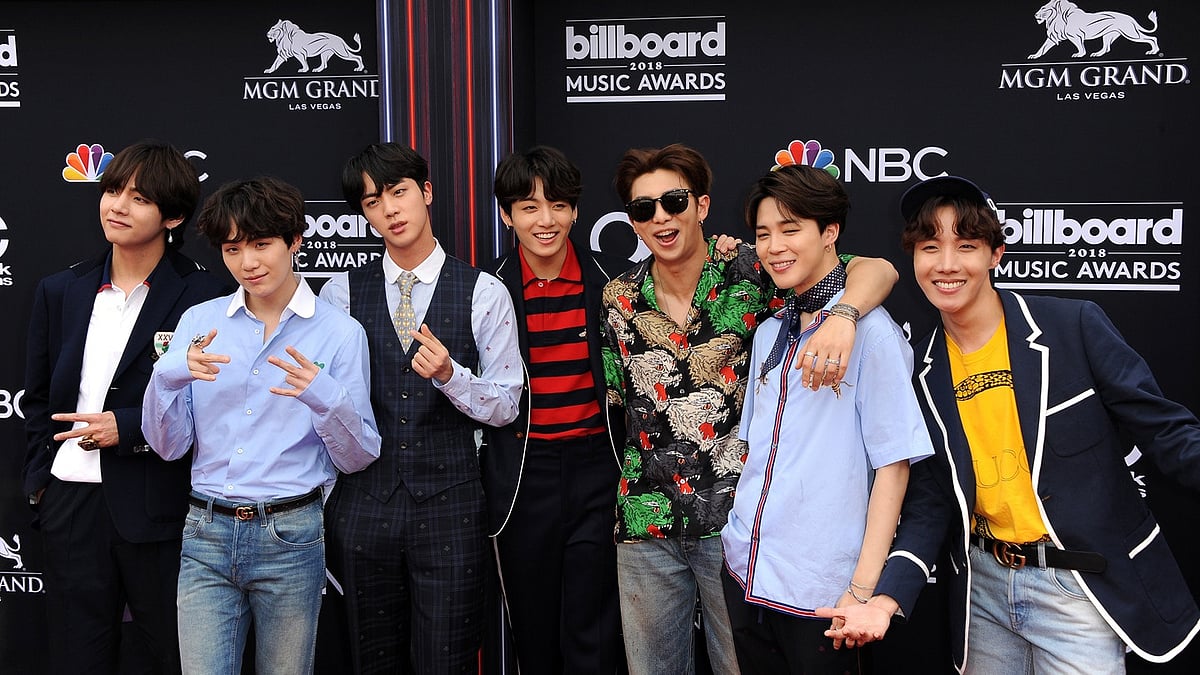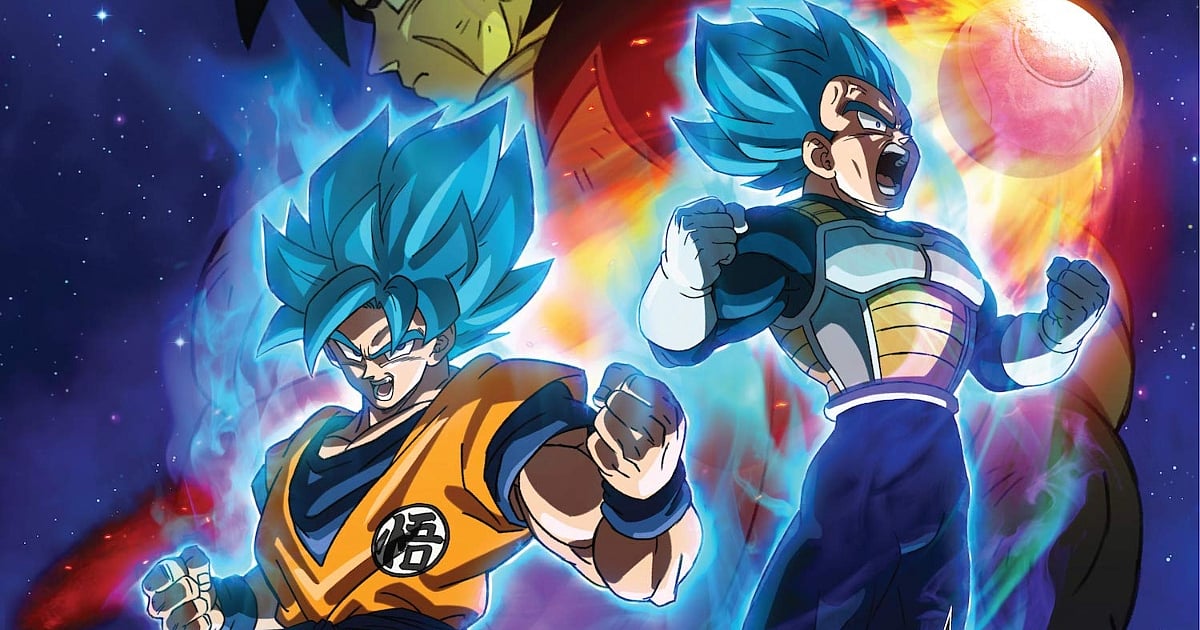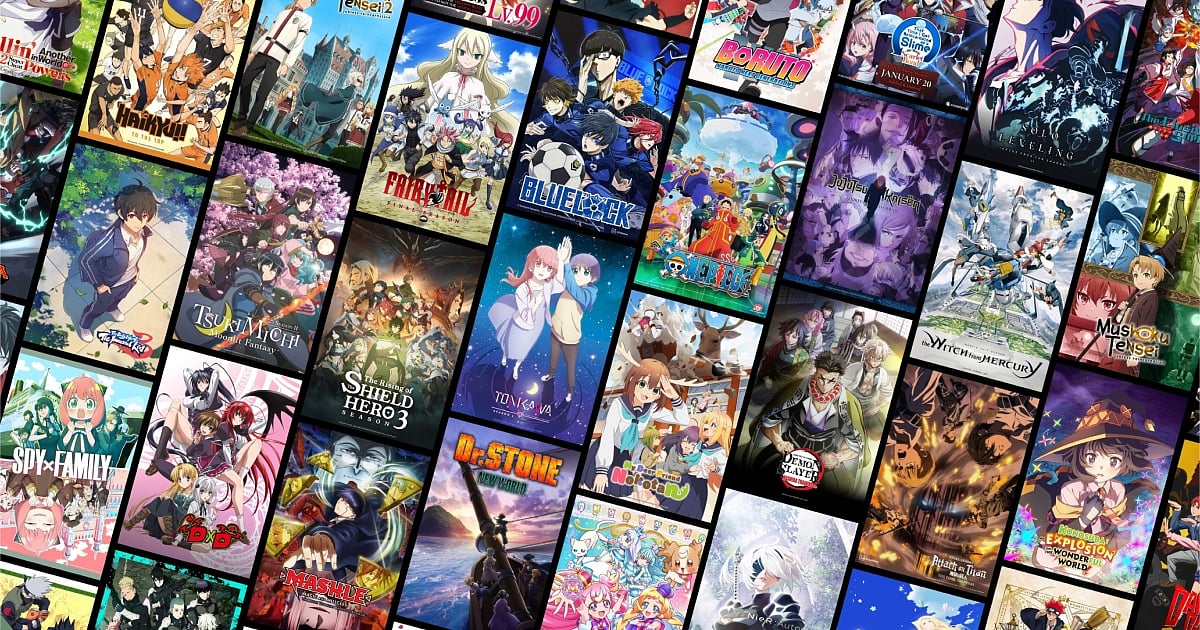
The New Roadmap to Comic Book Careers
The Roadmap to a Comic Book Artist Career: Top Schools and Courses
Highlights
- Aspiring comic book artists in India can pursue affordable, integrated design programs.
- Studying abroad offers a direct pipeline to major Western publishers like Marvel and DC.
- Online learning provides a flexible, low-cost alternative, empowering artists to build independent careers.
The question that haunts every aspiring comic book artist in 2025 isn't whether they have talent but whether they can afford to develop it properly. As the global comics industry expands beyond traditional publishers into streaming platforms, mobile apps, and digital marketplaces, the educational landscape has fractured into three distinct paths, each with dramatically different price tags and outcomes.
For the first time in the medium's history, artists must choose not just how to learn their craft, but where. The decision could determine whether they spend the next decade paying off student loans or building a sustainable creative career.
The Domestic Option: India's Growing Infrastructure
India's approach to comic art education reflects the country's broader digital transformation. Rather than treating comics as a niche specialty, Indian institutions have embedded graphic storytelling within comprehensive design and animation programs, preparing graduates for the nation's booming Animation, Visual Effects, Gaming, and Comics (AVGC) sector.
The numbers tell the story of this integration. At the National Institute of Design in Ahmedabad, a Bachelor of Design in Animation Film Design costs around ₹18 lakhs for the complete program. While focused on animation and filmmaking, the program allows students to explore graphic novels as one of the tangible forms through which they can express their storytelling skills. The Industrial Design Centre at IIT Bombay offers a Master of Design in Animation for just over ₹1 lakh, making advanced training accessible to a broader range of students.
For those seeking a specialized focus, Srishti Manipal Institute in Bengaluru has created something unprecedented in Indian higher education: a dedicated Master of Arts in Comics & Graphic Literature, which could set you back by INR 10 Lakh.
This educational infrastructure supports a diverse range of career outcomes. Graduates find themselves working as storyboard artists for animation and film, concept artists for video games, character designers, and illustrators for children's books and advertising. The domestic market provides networking opportunities through events like Comic Con India, where artists can connect directly with local publishers and industry professionals.
The American Premium: Access at a Price
The United States remains the global epicenter of mainstream comic book publishing, and American institutions have built educational programs designed specifically to feed talent into major publishers like Marvel and DC Comics. But this access comes with a financial reality that can be crushing.
The Savannah College of Art and Design (SCAD) offers both Bachelor of Fine Arts and Master of Fine Arts degrees in Sequential Art, positioning itself as a direct pipeline to the industry. The School of Visual Arts in New York provides a B.F.A. in Comics with similar industry integration. However, the total cost for a four-year degree, including living expenses, often exceeds $250,000 (over INR 2 crores).
For students seeking more focused training, The Kubert School in New Jersey offers specialized programs, while international alternatives provide middle-ground options. Staffordshire University in the UK offers a B.A. in Cartoon and Comic Arts, and MTM College in Canada provides an Illustration for Sequential Arts diploma, both delivering high-quality programs at more manageable costs.
The American path offers direct access to specialized roles within the mainstream Western market. Artists can work as a Penciller, Inker, Colorist, Letterer, or Cover Artist for major publishers. These skills also transfer to high-demand positions in the global entertainment industry, including storyboarding and concept art for major film and game studios.
The question for many international students becomes whether the debt burden justifies the industry access, particularly as digital platforms create alternative pathways to success.
Online Learning: Learning Without Borders
Perhaps the most significant development in comic art education has been the emergence of online learning as a legitimate alternative to traditional degree programs. This shift allows artists to learn directly from industry professionals while building portfolios from anywhere in the world.
Platforms like Schoolism and CGMA Master Academy offer comprehensive courses taught by artists from major animation and comic studios. Domestika provides project-based workshops focusing on specific skills such as digital inking and character design, often at remarkably low costs compared to traditional education.
This educational model requires significant self-discipline but offers unique advantages. Artists can access global freelance opportunities and build audiences directly through platforms like Webtoon and Patreon, bypassing traditional publishing gatekeepers entirely.
The career outcomes from online learning reflect the changing nature of the comics industry itself. Successful webcomic creators on platforms like Webtoon or Tapas can build sustainable incomes through fan support on Patreon. Meanwhile, freelance illustrators serve diverse global clients. This path empowers artists to build their own brands and businesses without the financial burden of formal degrees.
The Reality
Regardless of educational path, industry professionals emphasize a consistent truth. Editors and publishers evaluate artists based on their ability to tell compelling stories through sequential art. A portfolio demonstrating clear storytelling across various scenarios, from dialogue-driven scenes to dynamic action sequences, matters more than institutional credentials.
This reality creates both opportunity and pressure. While formal education isn't strictly necessary for success, the fundamentals remain non-negotiable. All aspiring artists must develop strong foundations in anatomy, perspective, composition, and visual storytelling, whether through structured programs or self-directed learning.
The choice between studying in India, abroad, or online isn't just educational. It's strategic. Each path aligns with different career goals, risk tolerances, and market focuses.
Students targeting India's growing domestic market might find that local institutions provide the most relevant training and networking opportunities. Those with global ambitions and substantial financial resources may benefit from the prestige and industry connections of American schools. Creators drawn to the independence and reach of digital platforms might discover that online learning offers the flexibility to build careers while acquiring skills.
The abundance of options represents both the democratization of comic art education and the complexity of modern career planning. For the first time, aspiring artists have genuine choices about how to develop their craft but they also bear the responsibility of choosing wisely.
As the industry continues evolving, driven by streaming services' demand for content and the global reach of digital platforms, one thing remains clear: the path to becoming a comic artist has never been more varied, accessible, or potentially lucrative. The challenge isn't finding a way in. It's choosing the right door.

Author
Krishna Goswami is a content writer at Outlook India, where she delves into the vibrant worlds of pop culture, gaming, and esports. A graduate of the Indian Institute of Mass Communication (IIMC) with a PG Diploma in English Journalism, she brings a strong journalistic foundation to her work. Her prior newsroom experience equips her to deliver sharp, insightful, and engaging content on the latest trends in the digital world.
Krishna Goswami is a content writer at Outlook India, where she delves into the vibrant worlds of pop culture, gaming, and esports. A graduate of the Indian Institute of Mass Communication (IIMC) with a PG Diploma in English Journalism, she brings a strong journalistic foundation to her work. Her prior newsroom experience equips her to deliver sharp, insightful, and engaging content on the latest trends in the digital world.
Related Articles







